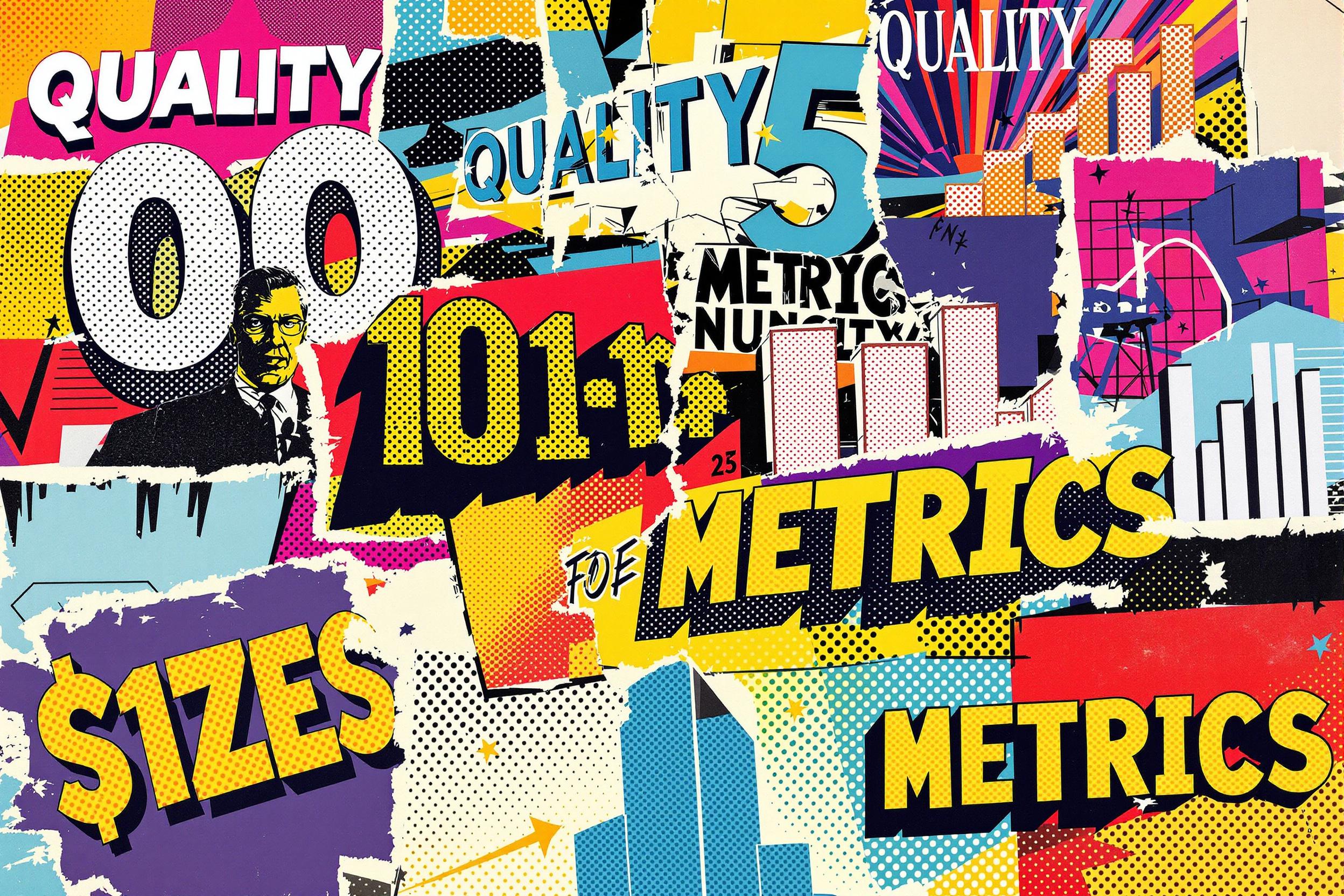
Churn Rate
Churn Rate is a business term that measures how many customers stop using a company's products or services over time. Think of it like tracking how many subscribers cancel their Netflix subscription each month. Customer service professionals focus on this number because their main job is keeping customers happy and preventing them from leaving. A low churn rate means the company is doing well at keeping customers, while a high churn rate suggests there might be problems with customer satisfaction, product quality, or service level that need attention.
Examples in Resumes
Reduced Churn Rate by 25% through implementing proactive customer outreach program
Analyzed Customer Churn patterns to develop retention strategies
Managed team that decreased Churn by improving response time to customer inquiries
Typical job title: "Customer Retention Specialists"
Also try searching for:
Where to Find Customer Retention Specialists
Professional Networks
Industry Resources
Example Interview Questions
Senior Level Questions
Q: How would you develop a strategy to reduce churn rate across multiple product lines?
Expected Answer: Should discuss analyzing customer data, identifying patterns in why customers leave, creating targeted retention programs, and measuring results. Should mention cross-team collaboration and budget management.
Q: Tell me about a time you had to turn around a high-churn situation.
Expected Answer: Should provide specific examples of identifying root causes, implementing solutions, and measuring success. Should demonstrate leadership and strategic thinking.
Mid Level Questions
Q: How do you identify customers who are at risk of churning?
Expected Answer: Should mention monitoring customer engagement, looking for warning signs like decreased usage or support tickets, and using customer feedback to spot potential issues early.
Q: What methods have you used to improve customer retention?
Expected Answer: Should discuss practical approaches like follow-up calls, satisfaction surveys, loyalty programs, and proactive customer support.
Junior Level Questions
Q: What does churn rate mean and why is it important?
Expected Answer: Should explain that churn rate measures customer losses and its impact on business growth and revenue. Should understand basic calculation methods.
Q: How would you handle an upset customer who wants to cancel their service?
Expected Answer: Should demonstrate basic customer service skills, ability to listen to concerns, and knowledge of when to escalate issues to management.
Experience Level Indicators
Junior (0-2 years)
- Basic customer service skills
- Understanding of churn metrics
- Experience with CRM software
- Phone and email communication
Mid (2-5 years)
- Customer retention strategies
- Problem-solving techniques
- Data analysis basics
- Team coordination
Senior (5+ years)
- Strategic planning
- Team leadership
- Budget management
- Advanced analytics interpretation
Red Flags to Watch For
- No direct customer service experience
- Poor communication skills
- Lack of problem-solving abilities
- No experience measuring or tracking customer satisfaction
- Unable to explain basic retention concepts
Need more hiring wisdom? Check these out...

Stop Chasing Unicorns: How to Finally Improve Candidate Quality Metrics (and Actually Enjoy Hiring)

Stop the Turnover Epidemic: Proven Tactics Every HR Leader Must Know

Recruitment Metrics That Matter in 2025: Moving Beyond Time-to-Hire

